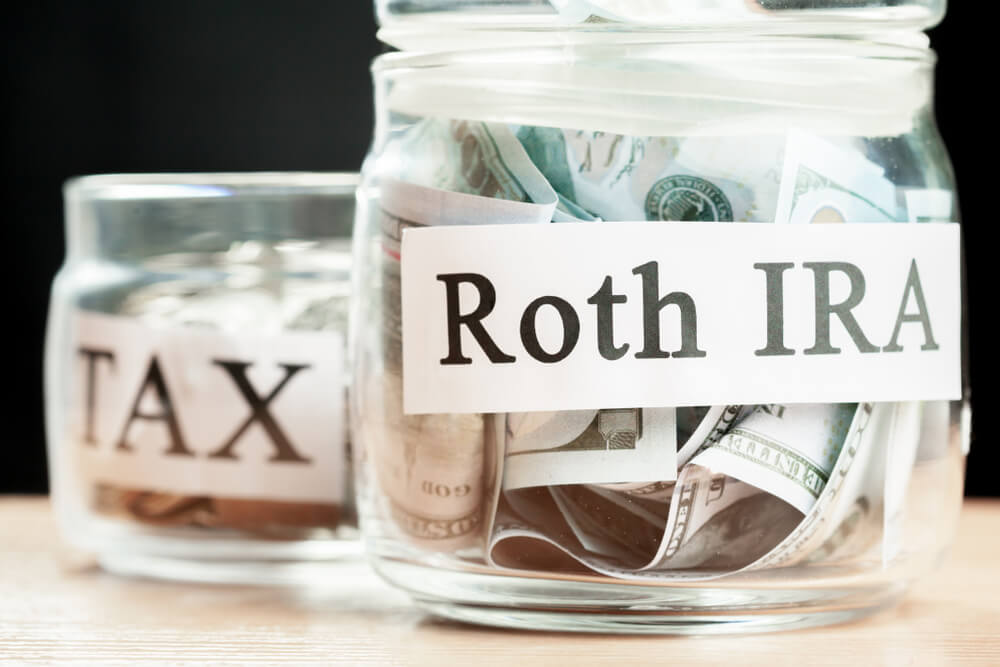I realize there’s no more room left on Mount Rushmore. We’re stuck with Presidents Washington, Jefferson, Lincoln and Roosevelt.
But if we could squeeze in room for one more, I’d carve the face of the late Senator William Roth of Delaware. He isn’t as significant in the grand scheme of things as the four presidents on the mountain. But his namesake — the Roth IRA — has done more to build tax-free retirement savings for Americans than anything else in history.
Savings you place into a Roth IRA are not tax-deductible in the year you make them. But they grow tax-free for the rest of your life.
Unlike traditional IRAs or 401(k) plans, you don’t have to worry about taxable required minimum distributions (RMDs). And if you take the funds out for living expenses, you won’t be on the hook for taxes on any of the capital gains, dividends or interest.
And neither will your heirs (assuming your account was open for at least five years before your passing). So, the Roth IRA is a fantastic estate planning tool.
There’s just one problem.
If you earn a reasonably high income, you can’t contribute to a Roth. Here’s a breakdown, according to the IRS:
This effectively excludes most middle-aged professionals in urban areas that are in the primes of their careers.
Or does it?
The Backdoor Roth IRA Conversion
 Where there is a will, there is a way. You can’t contribute to a Roth IRA if your income is over the limits. But you absolutely can contribute cash to a non-deductible Traditional IRA and then immediately convert it to a Roth IRA.
Where there is a will, there is a way. You can’t contribute to a Roth IRA if your income is over the limits. But you absolutely can contribute cash to a non-deductible Traditional IRA and then immediately convert it to a Roth IRA.
Congress, in its infinite wisdom, capped Roth IRA contributions to prevent “the rich” from stockpiling tax-free savings. But then it created an easily exploitable and widely known loophole that lets high-income earners do it anyway. Brilliant!
Here’s how you can pull it off.
This works best when you’re starting fresh without existing traditional IRAs. You can still do it if you already have an IRA, but you’ll likely owe taxes on a “pro rata” share of the deduction. That’s not the end of the world, but why pay taxes if you don’t have to?
If you have an IRA and a company 401(k) plan, consider doing a reverse rollover and moving your IRA balance to your 401(k). I’ll cover reverse rollovers in more detail in the future, so stay tuned.
A reverse rollover eliminates the nasty pro rata tax issues and makes the next step 100% tax-free. (If that isn’t an option for you, you can still do the Roth conversion. You may owe a little come tax season, but it’s no big deal.)
Now for the good part. Open a new traditional IRA account and fund it with $6,000 (or $7,000 if you’re 50 or older). Immediately after funding, ask your broker for the paperwork to do a Roth conversion.
Boom. You’re done.
December is a really busy time of year in brokerage house back offices. So, if you want to do a Roth conversion, you should get on it now, or you might run out of time. Check with your broker to see what their timeline is. Unlike IRA contributions, which can be done as late as the April tax deadline, Roth conversions have to be done during the calendar year, so December 31 is a hard cut off.
At $6,000 to $7,000 per year, you aren’t stockpiling a tax-free fortune. But it adds up. If you keep this up for even five to ten years and invest the account well, you could end up with a couple hundred thousand dollars in new, tax-free savings.
Money & Markets contributor Charles Sizemore specializes in income and retirement topics. Charles is a regular on The Bull & The Bear podcast. He is also a frequent guest on CNBC, Bloomberg and Fox Business. Follow Charles on Twitter @CharlesSizemore.





